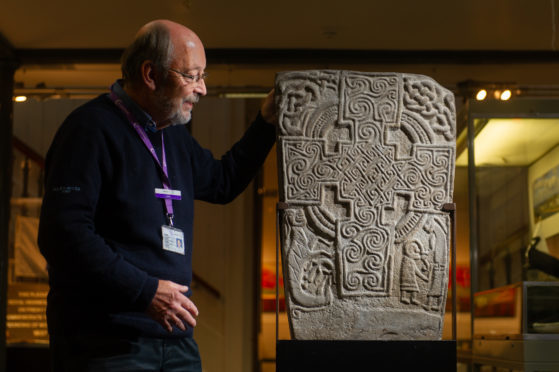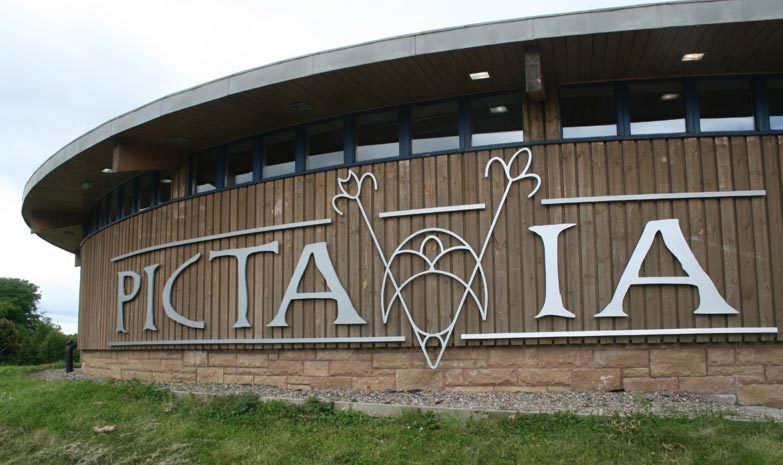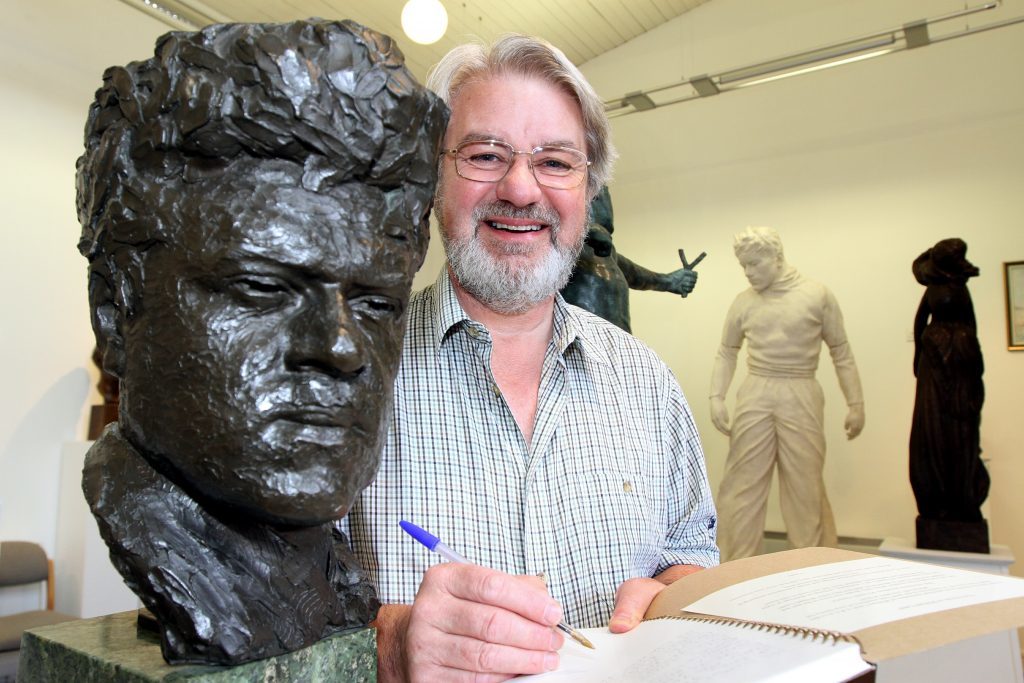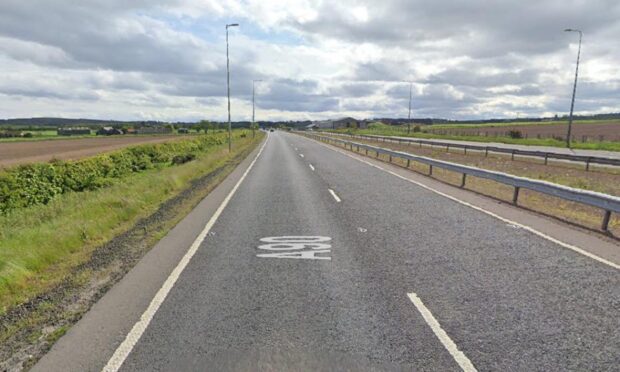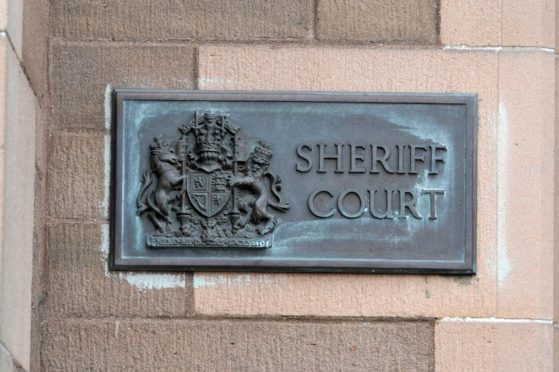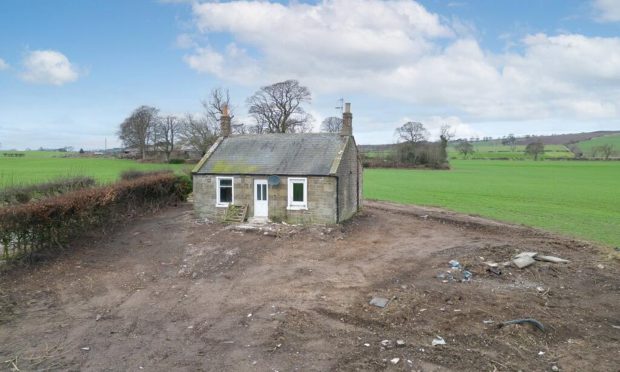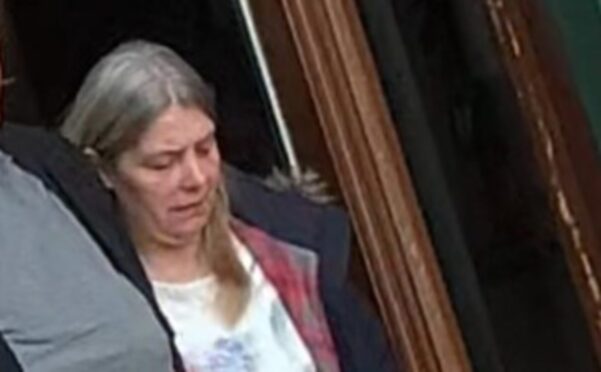As a hero of the Scottish Wars of Independence and key ally of Robert the Bruce, the grave marker of Sir James Douglas was a prized find.
But a stone attributed in the Spanish media as the relic is likely to be a cast of a Pictish stone held in Montrose museum and made in the 1980s.
The background of how the stone was found is unclear, with one version claiming it was unearthed during construction work, but María José Sánchez, director of the Municipal Museum of Álora , where the piece arrived in 2003, maintains it was a hunter who recovered it.
Isidoro Otero, a specialist in Douglas and his time on crusade, argues the stone was made to mark the burial place of Sir James and interprets the main figure depicted on it as the Douglas laying his hands on the head of a knight who is being sent on a mission.
However, the stone is exactly the same as the 850-950 AD Inchbrayoch Pictish stone which was found near Montrose in the 19th Century and has been displayed in the town’s museum ever since.
John Borland, president of the Pictish Art Society said: “There is a lot we don’t know about Pictish sculpture, but what do know is that none of them had any connection to Robert the Bruce.
“The stone is sometimes known as the Samson stone, as there is a theory that the image carved on the front is a biblical reference to the story of Samson and Delilah, and shows Delilah cutting the hair of Samson which robs him of his immense strength.
“On the back of the stone is a man holding an animal jawbone, which some people again attribute to the parable of Samson slaying a thousand Philistines with a jawbone he picked up from the ground.”
Pictish art expert Norman Atkinson shed more light on the mystery. “During the days of Angus District Council, there were moves to repair and protect some of the Pictish stones and as a safeguard, it was decided to take casts and make moulds of them.
“The casts were made by the National Museum, and two enterprising Angus lads went down to Edinburgh and found them in the bin.
“They asked the council’s permission to make a number of casts, and formed a company called Angus Rock Art, which sold the casts as replicas.
“Some were made of fibreglass for the council, but others were made of coloured concrete and other materials.”
Mr Atkinson said the replicas were of an extremely high quality.
“They are very good, and in some cases you would have to examine them quite closely to know they were not the real thing.
“Since then, casts of the Inchbrayock stone have turned up all over the world, and over the years I’ve had a dozen reports or more from people who thought they have found a Pictish stone, only for them to be disappointed to find that it is a modern cast of a stone that is in Montrose musueum.”
Angus Alive which run the museums in the county confirmed it had contacted its Spanish counterparts to explain the provenance of the original stone and ask for further details of the discovery.
